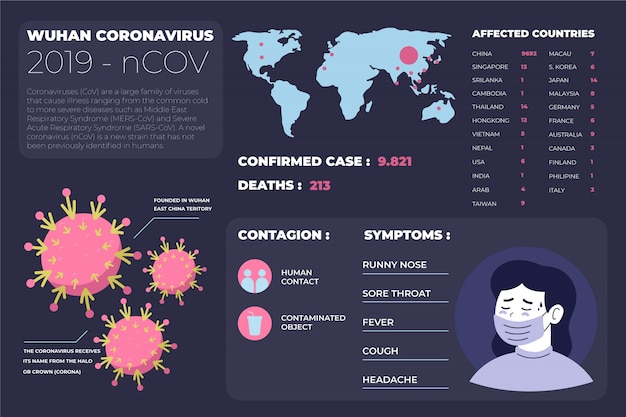Rabies Alert in McHenry County: Bat Found in Cary Home Tests Positive
A recent discovery in Cary, Illinois, has raised public health concerns after the McHenry County Department of Health confirmed that a bat found inside a residential home on August 28 tested positive for rabies. This marks the first confirmed case of rabies in a bat within the county this year and serves as a stark reminder of the importance of vigilance when encountering wildlife, especially bats, in or near homes.

A bat discovered indoors in Cary, Illinois, tested positive for rabies, prompting health warnings.
What Happened?
On August 28, a bat was discovered inside a home in Cary, a village located in McHenry County. Residents immediately contacted local authorities, and the animal was safely collected for testing. On Thursday, health officials confirmed the bat tested positive for the rabies virus. As a precaution, two individuals and one pet were identified as having had potential exposure and are undergoing necessary follow-up protocols.
This incident underscores the real and present risk that bats—while ecologically beneficial—can pose when they come into contact with humans or domestic animals. Rabies is a fatal disease once symptoms appear, but it is entirely preventable with timely medical intervention.
Why This Case Matters
Although rabies in bats is relatively rare, it does occur, and Illinois has seen periodic cases over the years. Bats are the most common carriers of rabies in the United States. However, not all bats carry the virus—only a small percentage test positive. The danger arises when people attempt to handle bats with bare hands or when bats enter homes unnoticed, increasing the risk of accidental exposure.
This is the first confirmed rabid bat in McHenry County this year, but health officials have noted a rise in human-bat encounters across the region. While there is no definitive explanation for the increase, possible factors include seasonal bat behavior, habitat encroachment, and changes in weather patterns that may drive bats indoors during migration or roosting periods.

Health departments are increasing outreach to educate the public on rabies risks.
What You Need to Know About Rabies
Rabies is a viral disease that affects the central nervous system of mammals, including humans. It is transmitted through the saliva of an infected animal, usually via a bite or scratch. Less commonly, transmission can occur if infected saliva comes into contact with mucous membranes (eyes, nose, mouth) or an open wound.
Once symptoms develop—which can take weeks to months after exposure—the disease is almost always fatal. Early signs include fever, headache, and general weakness. As it progresses, symptoms may include confusion, agitation, hallucinations, and paralysis.
However, post-exposure prophylaxis (PEP)—a series of rabies vaccines given after exposure—can prevent the disease if administered promptly. That’s why immediate medical evaluation is critical after any potential contact with a bat or other wild animal.
How to Stay Safe
The McHenry County Department of Health is urging residents to take the following precautions:
- Never handle bats with bare hands. Always wear gloves or use a container to safely capture and contain the animal for testing.
- Seal entry points. Inspect homes for gaps in roofs, chimneys, or siding that could allow bats to enter.
- Vaccinate pets. Dogs, cats, and ferrets should be up to date on their rabies vaccinations, as they can also contract and transmit the virus.
- Seek medical attention immediately if you or a pet has had contact with a bat, even if no bite is apparent. Bats have small teeth, and bites can go unnoticed.
- Call local health authorities or animal control if you find a bat inside your home or observe one acting strangely (e.g., active during daylight, grounded, or easily approachable).

Simple home maintenance can reduce the risk of bat intrusions.
Public Health Response
Following the positive test, the McHenry County Department of Health launched an educational campaign to inform residents about rabies risks and prevention. Officials emphasized that while this case is isolated, it highlights the need for ongoing awareness, especially during late summer and early fall when bats may be more active near human dwellings.
The department is also working with local animal control and veterinary services to monitor for additional cases and ensure pets in the area are protected. Public service announcements have been distributed through local media and community channels.
Final Thoughts
The discovery of a rabid bat in a Cary home is a rare but serious event. While bats play a vital role in controlling insect populations, they should always be treated with caution. Prompt action, public awareness, and preventive measures are key to protecting both human and animal health.
If you see a bat in your home or suspect exposure, do not wait—contact your local health department or medical provider immediately.












